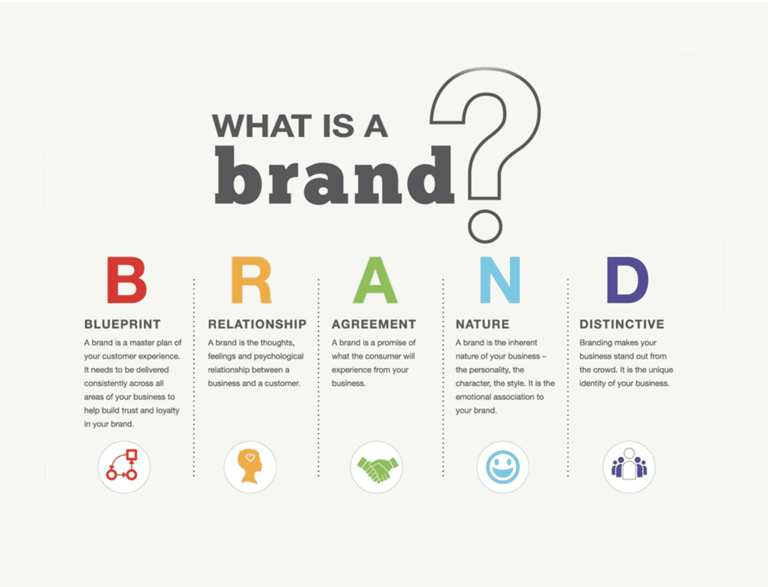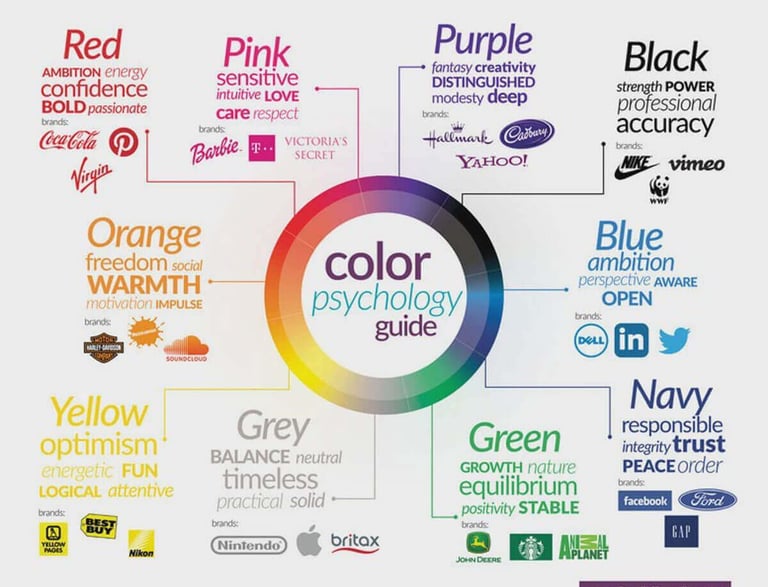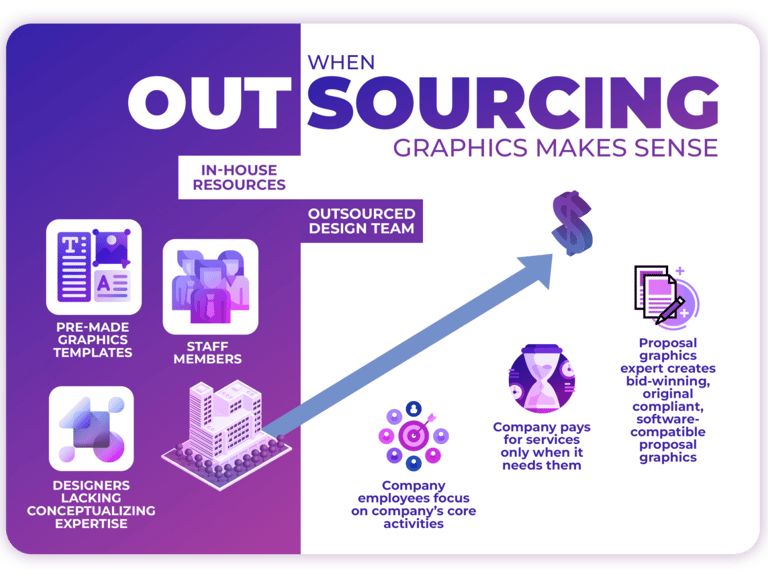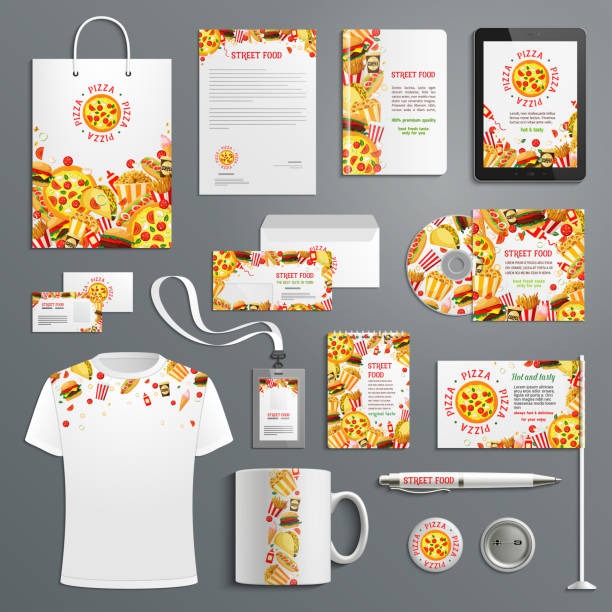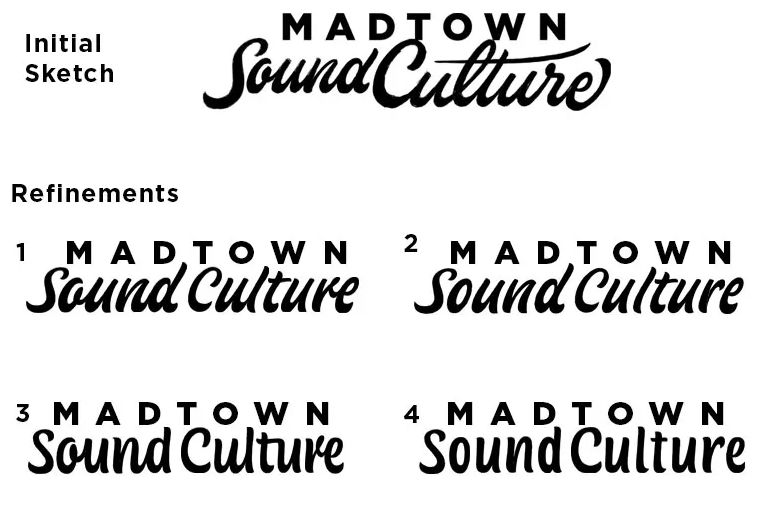5 Simple Steps to Create a Logo for Your Small Business
A logo is more than just a symbol; it’s the face of your brand. It represents your company’s values, personality, and mission. A well-designed logo creates a lasting impression, builds trust with your audience, and helps establish brand recognition.
2/27/20254 min read
A logo is more than just a symbol; it’s the face of your brand. It represents your company’s values, personality, and mission. A well-designed logo creates a lasting impression, builds trust with your audience, and helps establish brand recognition. But how do you design a logo that embodies all of this? Whether you're starting from scratch or refining an existing concept, this guide will walk you through five essential steps to create a powerful and professional logo for your small business.
Step 1: Define Your Brand Identity
Before you even begin sketching ideas, you need to understand your brand’s core identity. Your logo should reflect the essence of your business and resonate with your target audience. Ask yourself the following questions:
What does your business stand for? Identify your mission, values, and unique selling points.
Who is your target audience? Understanding your ideal customer’s demographics, interests, and preferences will help you design a logo that appeals to them.
What makes your business unique? Consider how your products, services, or approach differ from competitors.
What feelings should your logo evoke? Should it convey professionalism, creativity, reliability, or fun?
Once you have clarity on your brand identity, you can decide on a design style that best represents your business. Common logo styles include:
Minimalist: Clean lines, simple fonts, and a straightforward design for a modern and professional look.
Vintage/Retro: Nostalgic designs with classic typography and muted colors for a timeless appeal.
Fun & Playful: Bright colors, quirky fonts, and hand-drawn elements that showcase creativity.
Elegant & Sophisticated: Script fonts, subtle color palettes, and intricate details for a luxurious feel.
Bold & Modern: Strong typography and striking contrasts to create a powerful impression.
Step 2: Choose the Right Colors and Fonts
The colors and fonts you choose will play a significant role in how your logo is perceived. Each color evokes specific emotions and associations:
Blue: Trust, professionalism, calmness (e.g., tech, finance, healthcare brands)
Red: Energy, passion, urgency (e.g., food, entertainment, sports brands)
Green: Growth, health, nature (e.g., eco-friendly businesses, wellness brands)
Yellow: Optimism, happiness, warmth (e.g., hospitality, creative brands)
Black & White: Timeless, sophisticated, and versatile (luxury brands, modern companies)
When selecting a font, consider your brand’s personality:
Serif fonts (Times New Roman, Garamond): Traditional, trustworthy, and professional.
Sans-serif fonts (Helvetica, Arial, Futura): Clean, modern, and minimalist.
Script fonts (Pacifico, Brush Script): Elegant, artistic, and personal.
Display fonts (Lobster, Impact): Bold, attention-grabbing, and unique.
Your logo should be legible across different mediums, so avoid overly decorative fonts that may be hard to read at smaller sizes.
Step 3: Design or Outsource?
Now that you have an idea of your brand identity, colors, and typography, it’s time to bring your logo to life. You have two main options: design it yourself or hire a professional.
DIY Logo Design
If you have a tight budget or enjoy creative work, you can use online design tools like:
Canva: Beginner-friendly with customizable logo templates.
Looka: AI-powered logo generator that creates professional designs.
Adobe Illustrator: A more advanced tool for detailed vector design.
When designing your logo, keep these key principles in mind:
Simplicity: A cluttered logo can be confusing and difficult to reproduce.
Versatility: Your logo should look great on business cards, websites, and billboards.
Scalability: It should be clear and recognizable at any size.
Hiring a Professional Designer
If you want a high-quality, unique logo that stands out, investing in a professional designer is a great option. You can find freelancers on platforms like:
Fiverr and Upwork for affordable designers with various styles.
99designs for a crowdsourced design contest where multiple designers submit concepts.
Local branding agencies if you prefer a hands-on approach and detailed collaboration.
Step 4: Keep It Simple and Versatile
A successful logo should be simple enough to be instantly recognizable but versatile enough to be used in multiple formats. Here’s how to achieve this:
Avoid overly complex designs. Too many details can make a logo look cluttered and difficult to scale.
Ensure readability. Your text should be clear at small sizes (e.g., on business cards) and large sizes (e.g., signage).
Create different variations. Have a full-color version, a black-and-white version, and a simplified icon version.
Test it on different backgrounds. Your logo should be legible on light, dark, and textured surfaces.
Consider how your logo will be used. Will it be printed on merchandise, social media profiles, websites, or packaging? Ensuring it works in multiple contexts is essential for brand consistency.
Step 5: Get Feedback and Finalize
Before finalizing your logo, gather feedback from people who match your target audience. Ask for input on elements such as:
First impressions: What do they feel when they see the logo?
Readability: Is the text clear and easy to read?
Brand alignment: Does the logo reflect the business’s identity and industry?
Color and font choices: Do they evoke the intended emotions?
You can conduct a survey, share your design in social media groups, or test different versions to see which one resonates most with your audience.
Once you've refined your logo, save it in multiple formats:
Vector file (.AI, .SVG): For high-quality scaling and professional printing.
PNG with a transparent background: For use on websites and marketing materials.
JPEG: For general use on social media or documents.
Final Thoughts
Creating a logo is a crucial step in establishing your brand’s identity. By following these five steps—defining your brand, choosing colors and fonts, designing wisely, keeping it simple, and getting feedback—you’ll ensure that your logo is memorable, professional, and effective in representing your business.
A well-crafted logo helps customers recognize and trust your brand, so take the time to design one that truly reflects your business’s personality and vision.
